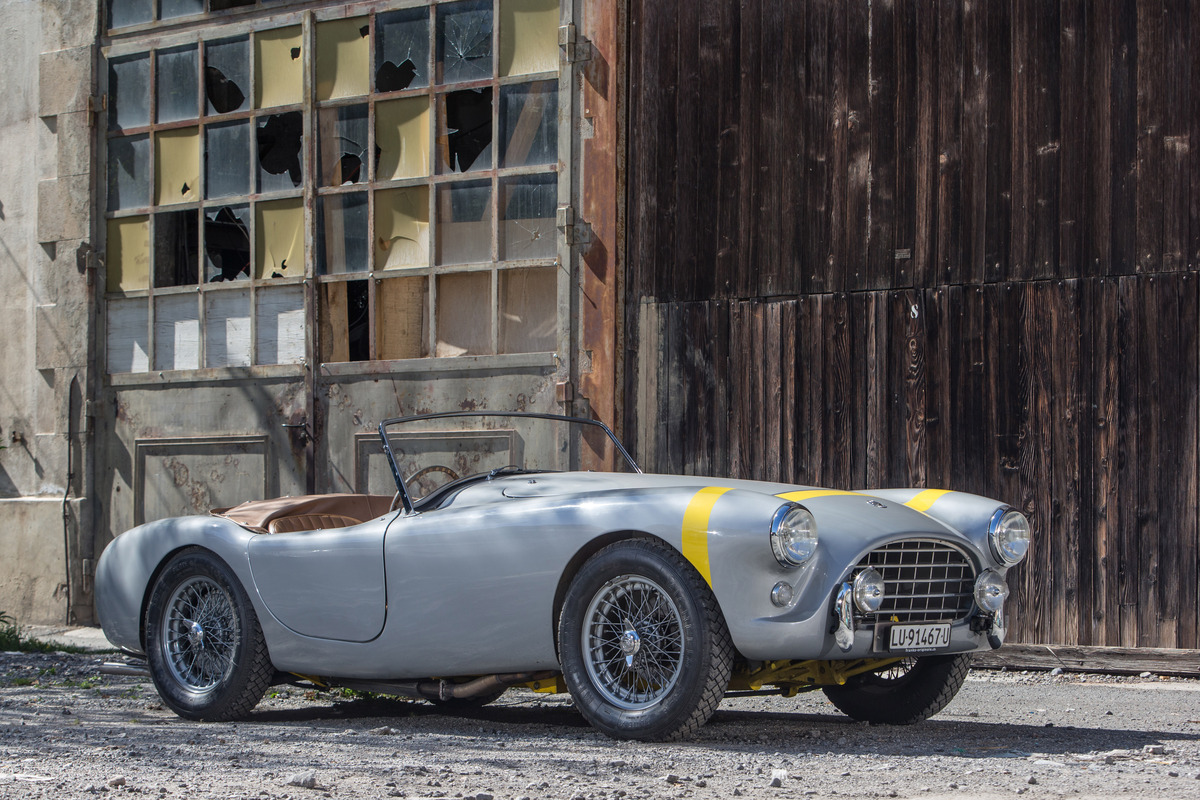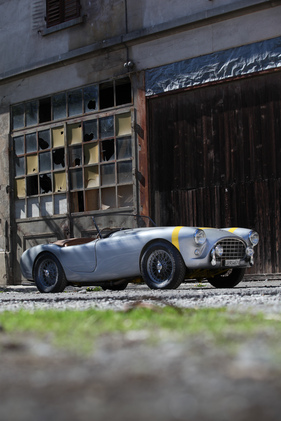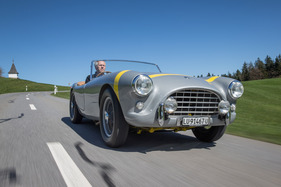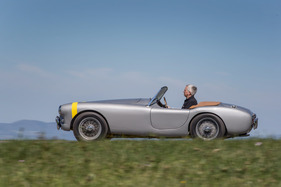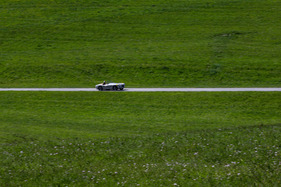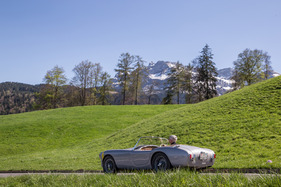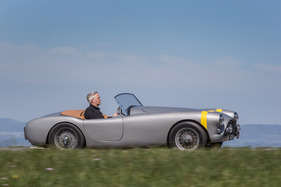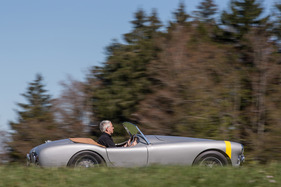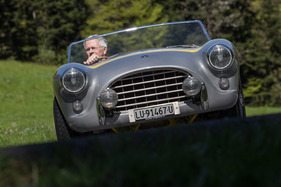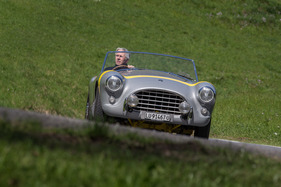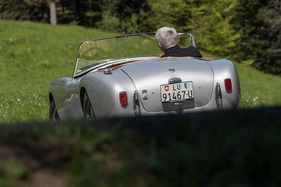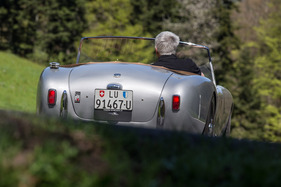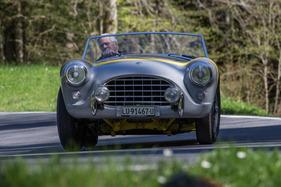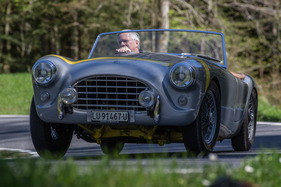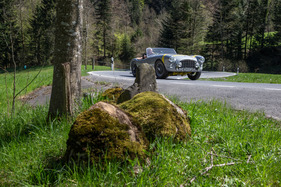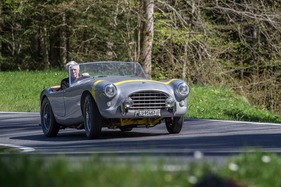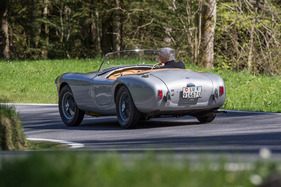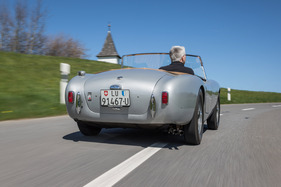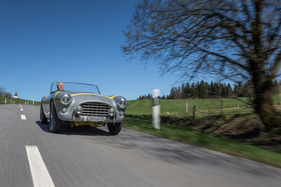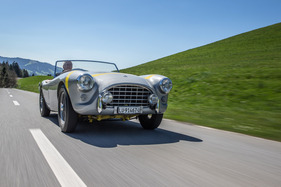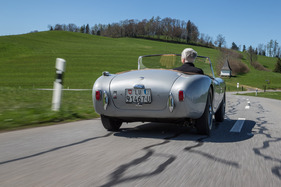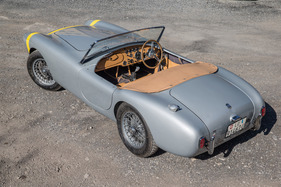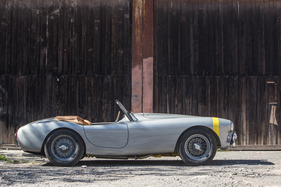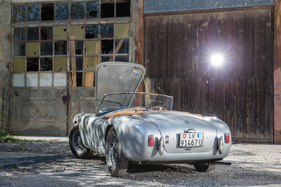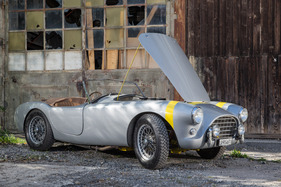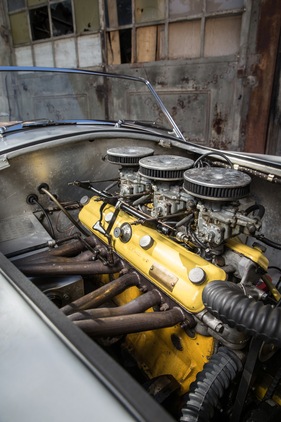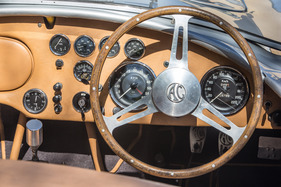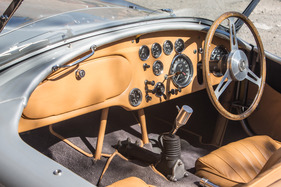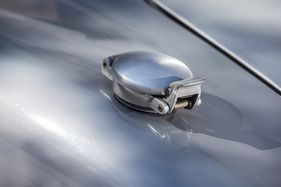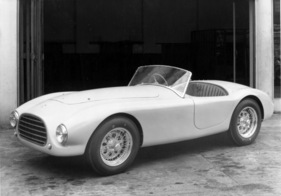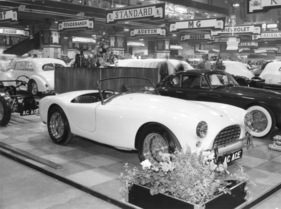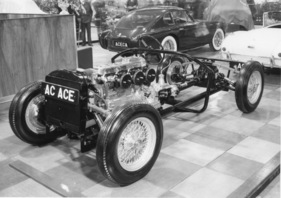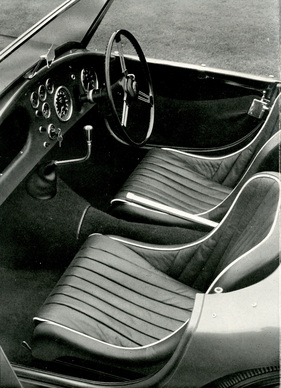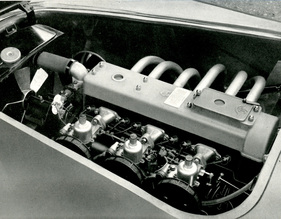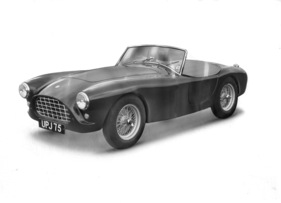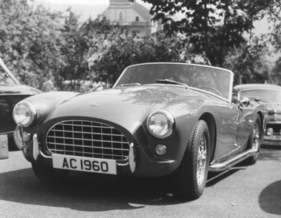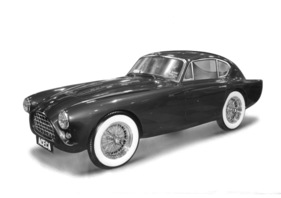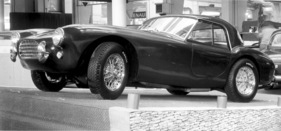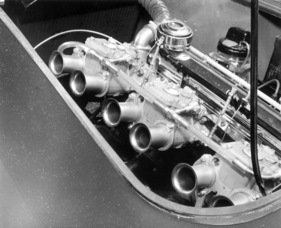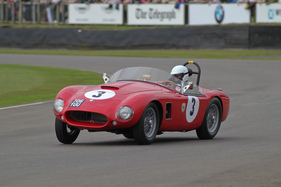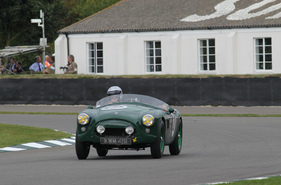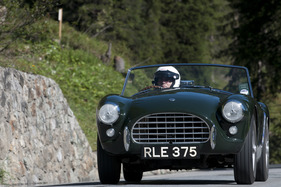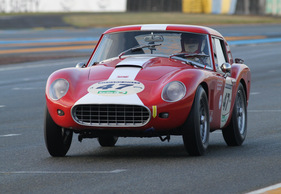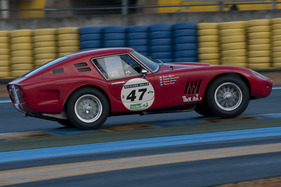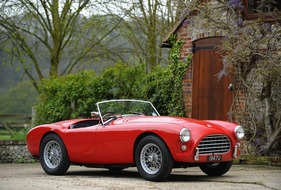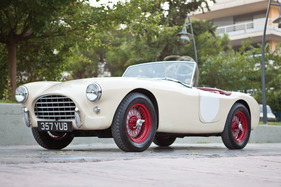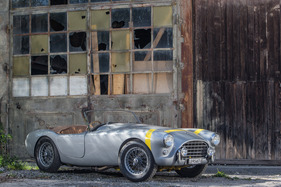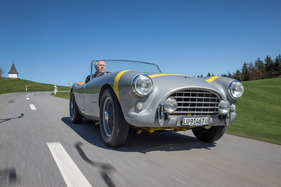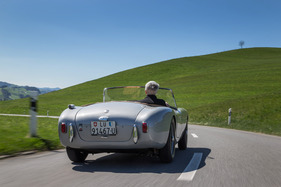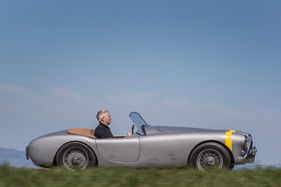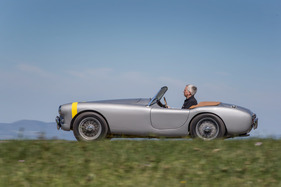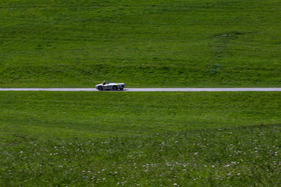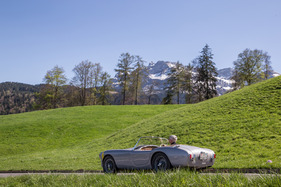AC Ace Bristol - one of the best sports cars in the world
Summary
From 1953 to 1963, the English sports car manufacturer AC Cars built the Ace, a roadster with a six-cylinder engine. The majority of the 735 vehicles produced were equipped with the two-liter engine from Bristol, which in turn was based on the pre-war BMW six-cylinder engine. Visually modeled on the Italian Barchettas of the time, the Ace shone with independent front and rear suspension and very good driving performance. This driving report describes the history of the AC Ace and provides driving impressions in text, pictures and sound, supplemented by historical photographs and sales brochures of the time.
This article contains the following chapters
- From special to series production
- Sensational presentation in London
- Design modifications and more power
- The BMW genes of the engine
- Also for the DIY enthusiast
- Successful, but not in numbers
- A very special specimen
- One of the best sports cars in the world?
- Further information
Estimated reading time: 7min
Preview (beginning of the article)
Few sports cars of the early 1950s drove faster than 160 km/h and hardly any were equipped with independent suspension like the Ace, which the small British company A.C. Cars from Thames Ditton presented at the London Motor Show in 1953. The fact that AC was able to present such a modern sports car at a time when larger and better-funded competitors were still trying to attract customers with pre-war concepts was the product of chance and perhaps coincidence. John Tojeiro was the man AC had to thank for the Ace. In 1952, Tojeiro had been commissioned by Cliff Davis, a car dealer and racing driver, to build a special with a powerful engine. The gifted engineer Tojeiro was only too happy to comply with this request, designed a tubular frame chassis, fitted the two-liter Bristol engine and had the bodywork designers at Gray and Rich Panelcraft cover it with an aluminum skin reminiscent of Italian barchettas such as the Ferrari 166 MM. The car was registered as the "LOY 500" and proved successful at racing events.
Continue reading this article for free?
Photos of this article

